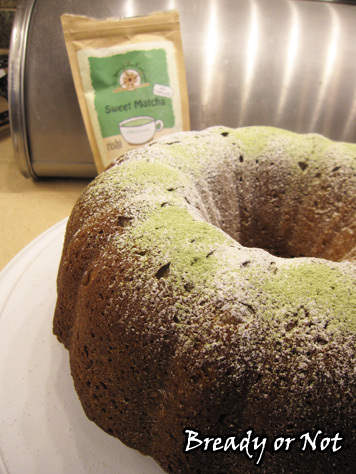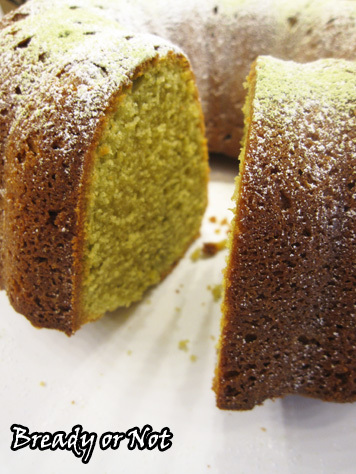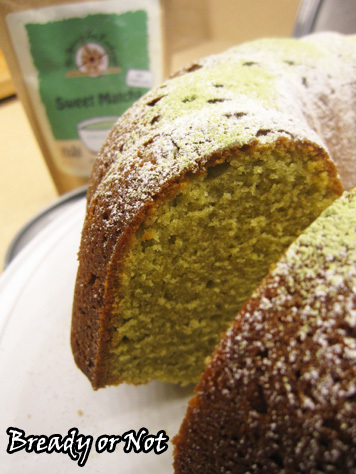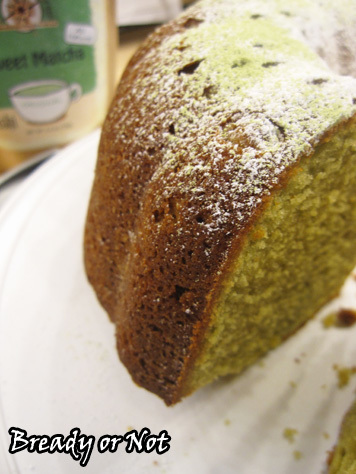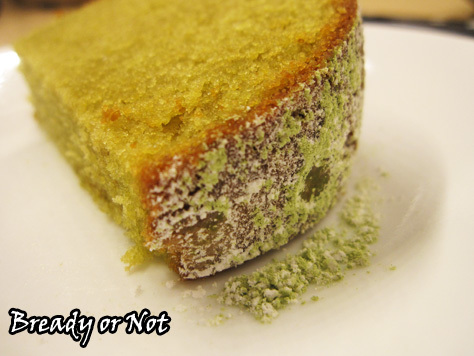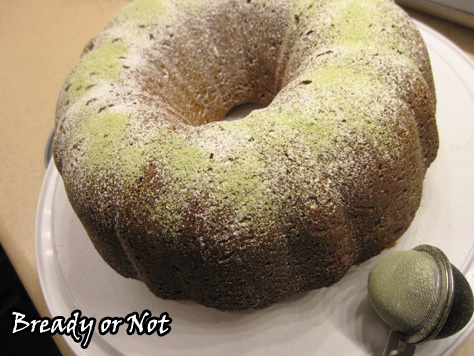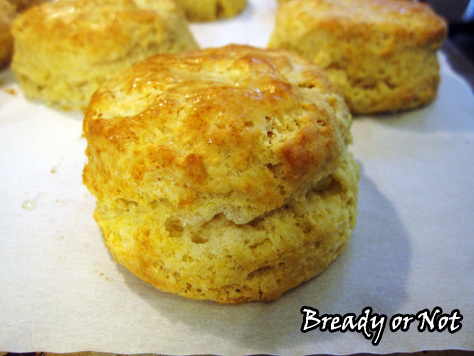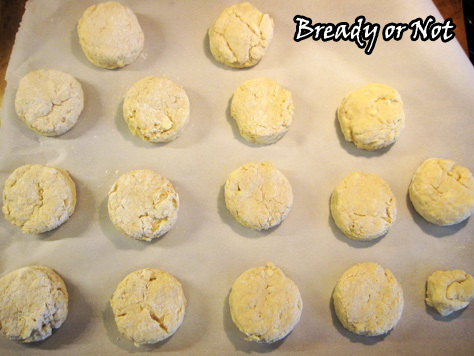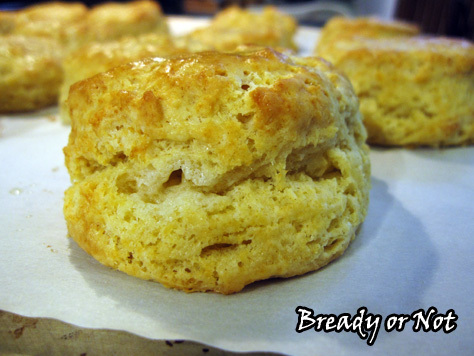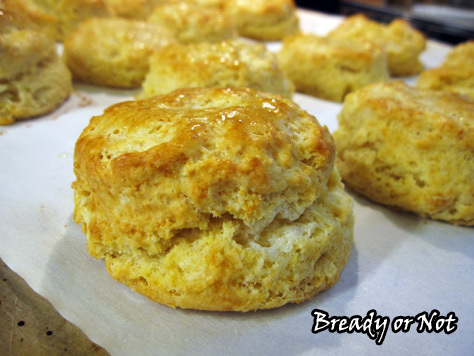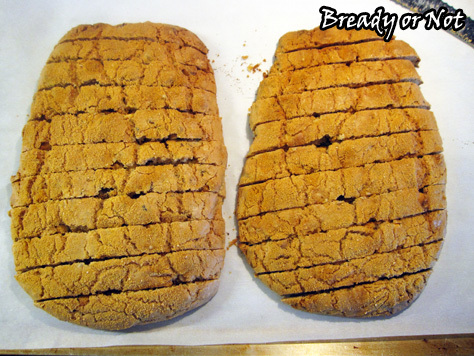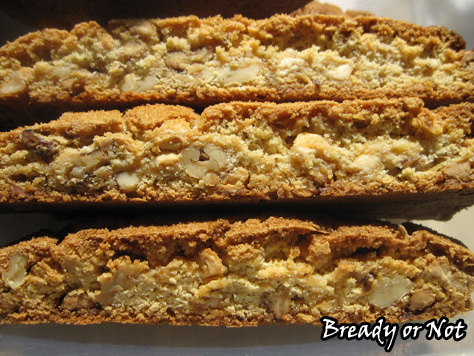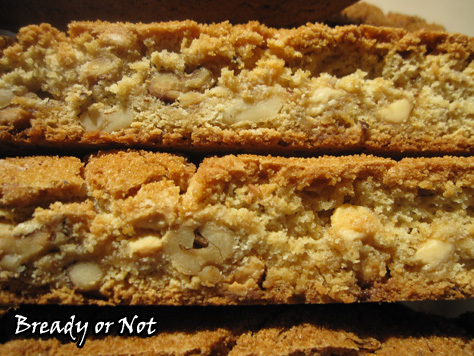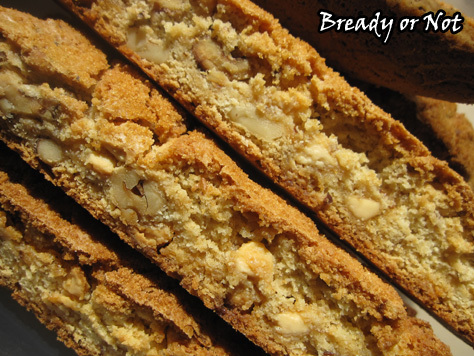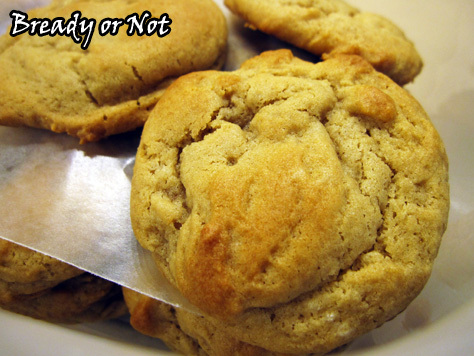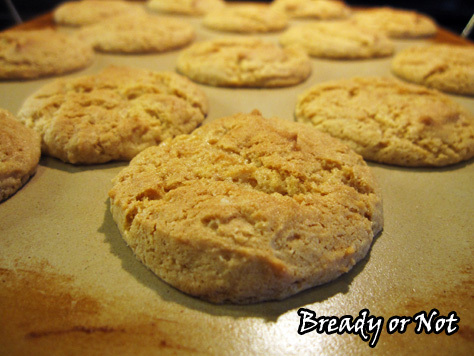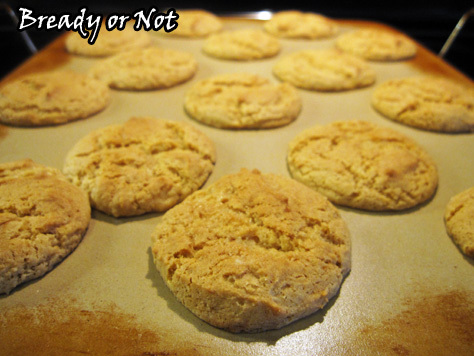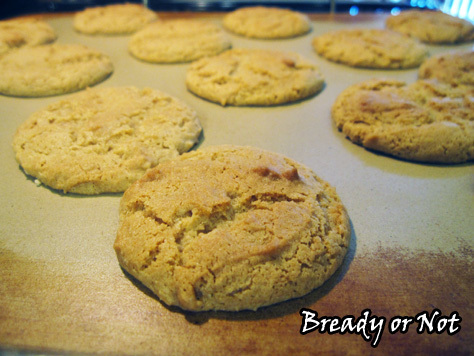Beth Cato's Blog, page 66
August 2, 2017
Bready or Not: Matcha Green Tea Bundt Cake
During my book release months, I typically follow a theme of cakes and pies. This time around, we’re doing something different: baked goods featuring matcha powder, aka green tea!
My first recipe can’t help but follow the traditional cake theme, though: Matcha Bundt Cake.
The America in my books Breath of Earth and Call of Fire is heavily influenced by Japanese culture. That’s evident in architecture, nickel cinemas, the vernacular–and in baked goods, too.
Of course, in our timeline, the phenomenon of green tea in leavened sweets is a contemporary innovation.
The type of green tea you use may produce different results. I used a Rishi sweet green tea blend that includes sugar, making it ideal for lattes or baked goods.
This bundt cake naturally baked up with a lovely light green tint, but as you’ll see, in some of the forthcoming cookie recipes, the green is barely visible. If you want things to turn out VERY green, just add some food dye.
This is essentially a tender pound cake in both taste and texture, with a unique fresh flavor from the tea.
In other words, DELICIOUS.
Modified from Week of Menus.
OM NOM NOM!\n","cookTime":"P","prepTime":"P","totalTime":"P"}
Bready or Not: Matcha Green Tea Bundt Cake
Save
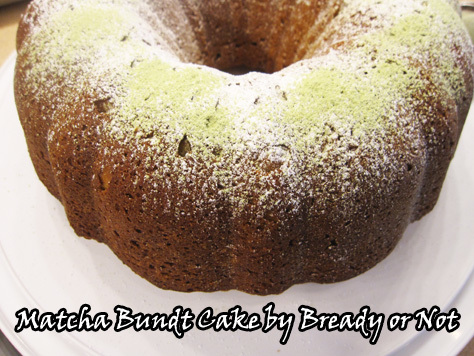
This bundt cake with green tea has the texture and taste of a pound cake, and would be lovely for breakfast, brunch, or dessert! Note that different blends of matcha will produce different results with taste and green tint; it’s recommended to use a sweet matcha here, which has added sugar.
Cake
3 cups all-purpose flour
3 tablespoons sweet matcha powder
1/2 teaspoon baking powder
1/2 teaspoon baking soda
1/2 teaspoon salt
1 cup (2 sticks) unsalted butter, softened
1 3/4 cups granulated sugar
4 large eggs, room temperature
2 teaspoons vanilla extract
1 cup (8 ounces) sour cream
Topping
2 Tablespoons powdered sugar, sifted
1/4 teaspoon sweet matcha powder, sifted
Preheat oven at 350-degrees. Grease and lightly flour a 10-or 12-inch bundt pan.
In a medium bowl, stir together the dry ingredients: flour, matcha powder, baking powder, baking soda and salt. Set aside.
In a large bowl, beat the butter creamy. Gradually add sugar; continue to mix until it is light in texture and color. Add the eggs one at a time, beating after each addition, followed by the vanilla extract.
Gradually add the dry mix and sour cream into the big bowl, going back and forth between the two, until everything is combined. Scoop batter into the ready pan.
Bake cake for 50 to 60 minutes, until it passes the toothpick test in the middle. Cool the cake for about 10 minutes, then invert it onto a rack to completely cool.
Sift the powdered sugar on top of the cake, followed by the matcha. Slice and serve. Keep covered on counter.
OM NOM NOM!
July 30, 2017
Sunday Quote is not ready for August
“Sometimes you read a book so special that you want to carry it around with you for months after you’ve finished just to stay near it.”
~ Markus Zusak
July 26, 2017
Bready or Not: Easy Buttermilk Biscuits
I first posted this recipe over three years ago. I’m sharing it again because 1) biscuits are timeless and awesome, and 2) I have much better photographs this time around.
I failed at buttermilk biscuits for years. This grieved me. This recipe, finally, is the one that has repeatedly produced lofty, flaky, perfect biscuits.
The trick is to keep small chunks of butter throughout the dough. That’s what makes flaky layers. Most of the pieces should be pea-sized, and somewhat flat. For that reason, I will start mixing everything together with a big spoon or pastry cutter, but by the end I use my fingers.
Biscuits are important within my family. My dad’s from Alabama. My husband’s family has Arkansas roots. Most meals come with a side of bread, and you can’t get more southern than baking soda-leavened biscuits.
I never keep buttermilk around, but instead rely on sour milk. I have also made these using buttermilk powder and water. The biscuits taste the same with every method–DELICIOUS.
OM NOM NOM!\n","cookTime":"P","prepTime":"P","totalTime":"P"}
Bready or Not: Easy Buttermilk Biscuits
Save
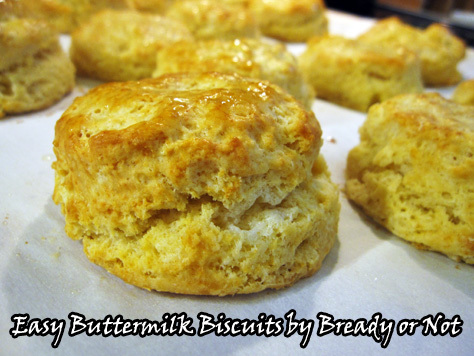
These easy biscuits are perfect for morning or night! For the buttermilk, you can substitute sour milk (add a tablespoon of lemon juice or vinegar to milk or half & half, let sit about 10 minutes until it curdles) or buttermilk powder (follow package directions). This will produce a large baking sheet of biscuits. Baked biscuits can also be frozen.
4 cups all-purpose flour
4 teaspoons baking powder
1 teaspoon baking soda
1 teaspoon salt
12 tablespoons (1 1/2 cubes) cold unsalted butter, cut up
1 1/2 cups cold buttermilk [or sour milk]
1/4 cup extra milk, to brush on tops BEFORE baking
2 Tablespoons butter, melted, to brush on tops AFTER baking
Preheat oven to 450-degrees. Prepare baking sheet by lightly greasing or using parchment or baking mats.
Combine the dry ingredients: flour, baking powder, baking soda, and salt. Gradually cut the butter into the flour mix, using a pastry blender or forks until it's down to pea size.
Add the buttermilk and combine until it just comes together. Don't overwork it! The butter needs to stay in small lumps; that creates the flaky layers. It's often best to use fingers to mix at the end.
Lightly flour about a square foot of counter. Press the dough out to be about an even 3/4-inch thick. Use a 3-inch round biscuit cutter to punch out shapes and place on baking sheets. Brush a little bit of milk on the biscuits.
Bake for 12 to 15 minutes or until they turn golden brown. Remove from oven and immediately brush melted butter on the tops.
OM NOM NOM!
July 25, 2017
5 Big Reasons Literary Agents are Important Beyond the Book Deal
If you’re working on a book and aiming at the traditional publication route, acquiring a literary agent feels like the key to make all your dreams come true. An agent can submit the Big 5 Publishers, after all, and from there your book can be made available anywhere and everywhere around the world.
The thing is, real life isn’t like a book. After you sign the book deal and work to make your novel all shiny, your life is not emblazoned with a bold THE END. (At least, I sure hope not!) Life goes on. As you write more books and develop more of a relationship with your publisher–or publishers–it means a lot to have a staunch advocate working to better your career. Here’s what an agent might do beyond reading the fine print on your contract.
 - Know the trends.
- Know the trends.
The publishing world is small. As readers and authors, we hear some news about deals and see the new releases, but agents follow the pulse of the industry and know about the books that will be out in a year, two, three years. That’s why an agent might love a manuscript that lands in their slush pile, but they might not pick it up–there might be a glut of similar books that are already signed and in the publication process.
- Edit.
Not all agents edit. Not all authors want an agent who edits. My agent edits and I love her for it, even though her feedback is brutal at times. Not only is she great at critiquing, but–to return to the first point–she knows the industry and what makes a book strong or weak in this particular market. That’s insight beyond what I can get from my fellow authors.
- Act as mediator.
When you establish a relationship with a publisher, agents become this wonderful buffer between author and editor. They get to nag on your behalf. They get to email/phone and pester about late manuscript edits or financial statements or book cover progress. That doesn’t mean agents handle ALL interactions with your editor. A lot of day-to-day interactions are directly between editor and author, but agents are there to call on when things get awkward.
– Career guidance.
Some agents work with authors on a book by book basis. Others make a pact for the full career of the author, and that’s the kind of relationship I have. Here’s the thing: the book industry is weird. Your book might not sell. Editors come and go. Imprints fail. Publishers are bought-out. A supportive agent looks beyond the book you’re working on now, and on to the next series, or a new series. Again, they see the trends. They see what is selling–or not. I rely on my agent’s business savvy to guide me along.
- Cheerleader/superhero.
Writing is my happiness, my joy. Sometimes, it is also a particular kind of hell. My agent is there to talk me off the ledge. She’s not just a cheerleader, she’s a superhero, cape and all. Agents are there for the good times (book deal, whoo hoo!) and also the bad times: when rough drafts stay particularly rough, when deadlines are zooming by, when the publisher is supporting about as well as a ten-year-old bra.
So sure, an agent will help you get a book deal and make sure the contract is fair, but they do so much more. They are there to help you along, book after book, and during those lulls in between books, too. A supportive agent is there to do whatever they possibly can to ensure that your writing career consists of more “TO BE CONTINUEDS” than “THE ENDS.”
Originally posted at Novelocity. #SFWAPro
Save
Save
July 23, 2017
Sunday Quote soon has a kid in 7th grade
“The very existence of libraries affords the best evidence that we may yet have hope for the future of man.”
~T.S. Eliot
July 19, 2017
Bready or Not: Maple Walnut White Chocolate Biscotti
Back in May, I posted my Snickerdoodle Biscotti recipe. This is the next installment: Maple-Walnut White Chocolate Biscotti, modified from a King Arthur Flour recipe.
I first made this following the original version pretty closely. I received feedback that it was good, but it was also way too nutty.
Clearly, I needed to rewrite the recipe and make it work. I decided to halve the walnuts, and replace that half with white chocolate chips. This time, I received feedback that they were the most awesome biscotti ever.
In a single bite, it’s easy to see why. The maple flavor is great, the walnuts add a wonderful crunch within the already-crunchy dough, and the white chocolate adds sublime sweetness to bring everything together.
Since these are biscotti, they will keep well, sealed, for weeks. That makes these great for mailing (though perhaps not in the middle of summer, as there is some chocolate in these) or presenting as gifts.
As I noted before, homemade biscotti cannot be compared to the store versions, which could be used as billy clubs to defend households against burglars. Homemade biscotti are crunchy but still chewy… and, of course, taste best if dipped into coffee or tea.
OM NOM NOM!\n","cookTime":"P","prepTime":"P","totalTime":"P"}
Bready or Not: Maple Walnut White Chocolate Biscotti
Save
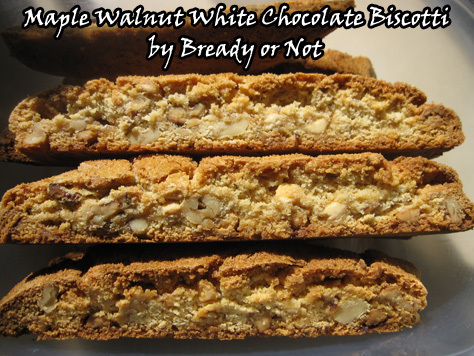
These twice-baked cookies bring together maple, walnuts, and white chocolate in glorious cookie-stick form. Eat these dipped into your hot beverage of choice. Biscotti will keep well for weeks. Adapted from a King Arthur Flour recipe.
1 cup walnuts, coarsely chopped
2 large eggs
1/2 cup white sugar
1/2 cup brown sugar, firmly packed
1/4 cup maple syrup
3/4 teaspoon maple flavor
1/3 cup butter, melted
2 1/2 cups all-purpose flour
2 teaspoons baking powder
1/2 teaspoon salt
1 cup white chocolate chips
1 Tablespoon maple sugar or turbinado sugar for topping, optional
Preheat oven at 350-degrees. Line a baking sheet with parchment. Toast the walnuts for about 8 minutes, until they're light golden brown and smell toasty. Set them aside in a bowl to cool, but keep the parchment on the pan.
In a large bowl, beat together the eggs, sugars, maple syrup, and maple flavor. Add the melted butter, and beat until smooth.
Mix in the flour, baking powder, and salt. Add the walnuts next, followed by the white chocolate chips.
Divide the dough in half on the prepared baking sheet. Form each into a log about 4 inches wide and 10 inches long; make sure there is space between the two logs, as they'll grow in the oven.
Sprinkle maple sugar or turbinado sugar over the tops of both logs.
Bake about 30 minutes, until the biscotti is lightly browned with small cracks forming across the top. Remove the baking sheet, but be sure to leave the oven on.
Let the biscotti cool for 10 minutes. Use a large knife, such as a bread knife, to diagonally slice the logs 1/2-inch apart. Use a straight-down motion to cut; don't saw.
Arrange the biscotti spaced out on the baking sheet. Stand them up if possible, or lay them on their sides. Bake for another 20 to 25 minutes, flipping them over halfway if necessary, to equally crisp both sides.
Cool completely on the baking sheet. Store in an airtight container as long as a few weeks.
OM NOM NOM!
Save
Save
July 17, 2017
3rd Place for Short Form Rhysling!
The Rhysling Award is the biggest award for genre poetry. Weirdly enough, I had three of my poems nominated this year, one in the short poem category, two for long.
Even weirder, my short form poem placed third. In a three-way tie!
I’m tickled by the whole thing. Who’d a thunk it? You can read “Box of Dust and Monsters” over at Devilfish Review.
#SFWAPro
July 16, 2017
Sunday Quote has a new biscotti recipe out on Wednesday
“I like best to have one book in my hand, and a stack of others on the floor beside me, so as to know the supply of poppy and mandragora will not run out before the small hours.”
~ Dorothy Parker
July 13, 2017
5 Ways the Great British Bake Off Teaches You To Be a Better Writer
I am dedicating my next book (Call of Fire, out on August 15th!) to the Great British Bake Off. Why? Because the show is my bliss. It’s a cooking reality show that thrives on niceness and support, where baking is appreciated by technical skill as well as taste. It’s a show that makes me smile. After a long day of writing and revision, it offers me an escape to the verdant, green British countryside, where I can behold amazingly “scrummy” desserts and savory dishes.
Bake Off also has a lot to teach writers about dedication, perseverance, and community. Let’s break it down with the help of some illustrative gifs.
- The Power of a Deadline
More than once, I’ve had people tell me, “I wish I had time to write. Maybe I’ll do it once my kids are in school/I change jobs/I retire.” Guess what? Life will always get in the way. Plus, writing itself can be a slog due to sheer procrastination (hello, internet), plot snarls, endless research, and so on.
Deadlines are powerful. Deadlines make you grimace, plant your hind end in a chair, and churn out the words. Deadlines make you take risks in your writing.
Bake Off operates within deadlines, too. Two hours to make an elaborate cake that you’d normally spend a day on! Four hours to make this obscure European pastry you’ve never heard of or seen before in your life! And the bakers are in. Like a writer, they may only have a vague idea of the end result, but the clock is ticking. They need to have something to present to the judges, Mary Berry and Paul Hollywood.
- Constructive Criticism
Baking Show presents the absolute ideal of constructive feedback: the negative balanced with the positive. This is something every writer needs to learn, and it is not easy. It requires tact, both in giving this feedback and responding to it in regards to your own work.
If you need a visual on how it is done, watch Paul and Mary. They might be presented with a cake that is an absolute disaster as far as presentation, but they still cut it open. They judge the texture and the taste. With a gracious smile, they say, “Yes, it looks terrible–you know that–but the taste is spot-on. You know your flavors.”
That’s the very thing writers need to hear, too. It’s how we improve–and how we learn to build on our strengths. “Yes, it’s a messy draft and there are some major info dumps, but your characters are amazing. The dialogue sparkles.”
- Innovation
Writers are often told, “Write what you know.” Cooks intrinsically do this, too; we learn family recipes, our cultural and ethnic lore through food, and the recipes of where we live. Writers and bakers also know that we can’t be confined by what we have directly known and experienced. There are infinite realities we can experience through taste and imagination.
The bakers in the tent often look to their roots for inspiration and add those flavors to the traditional British or European fare they are challenged to create. They mix, match, and defy traditional pairings, and something magical happens (whether or not that magic fully works is up to Mary and Paul). This is what writers must do, too. We twist around tropes and develop fresh stories.
- Reinforce Knowledge of the Basics
A writer doesn’t have to know how to fully diagram a sentence to be a real writer, but it is necessary to grasp the basics, the flow, that makes a story work. Writers also need to read. We need to understand what is expected in certain genres, or how to submit to markets, or query agents. There is a huge learning curve involved.
Bakers need those same skills. This is highlighted in the technical round that takes place during each Baking Show episode. The bakers are surprised by a new recipe from Mary or Paul–a recipe that has incomplete directions. “Make fondant.” “Make 1-inch diameter macarons.” “Bake”–with no temperature or time listed. The ingredients are all there, but the bakers need to understand the roles of fats and acids and rise times to make this new recipe come to a delicious result.
These basics are not static, either. There are always new skills to learn, whether you’re making a new cake recipe or a story.
- Supportive Community
Writing is hard. Editing is hard. A support network is vital. The encouragement of family and friends means a lot, but unless they are writers as well, they won’t completely get what we go through. You need other writers at your level who are willing to share updates on a new magazine, willing to critique, willing to listen on those days when the rejections flow and the words don’t.
That kind of community is what makes Great British Baking Show so extraordinary. American reality shows are petty and mean; they relish in someone’s downfall, and add sound effects for good measure. Baking Show eschews that manufactured drama. The contestants become friends. They bond as they work on stations near each other, weekend after weekend. They are competitors, yes, but they are willing to share ingredients at times, or help get a cake out of a pan. There are no sly camera angles to show sabotage–that’s not even a thought.
When a baker has a bad weekend and must leave the tent, it’s a moment of sadness. They gather for a group hug. Tears are shed. The survivors are saying farewell to a friend.
This is something writers must keep in mind, too. We each endure travails in our lives. We each want to make it as a writer. And yes, we are also vying for those few available slots in a magazine or anthology. It doesn’t need to be a cruel kind of competition, though. The publishing world is small, and we need companions for the long journey.
Originally posted at Novelocity. #SFWAPro
Save
Save
July 12, 2017
Bready or Not: Soft Lemon-Ginger Cookies
Lemon and ginger join forces in these luscious cookies!
I found the original recipe in a compilation from Taste of Home. I immediately thought, hey, that looks good but it needs more ginger… and more lemon.
Because if it’s a lemon-ginger cookie, it should scream flavor, right?
And these do, all bound up in a soft, chewy form. These taste delightfully fresh. Perfect for summer, really.
… oh, these would be perfect for the holidays, too. They do have ginger, after all. Make them whenever you want. The dough can be made a day or two ahead of time and kept ready in the fridge!
OM NOM NOM!\n","cookTime":"P","prepTime":"P","totalTime":"P"}
Bready or Not: Soft Lemon-Ginger Cookies
Save
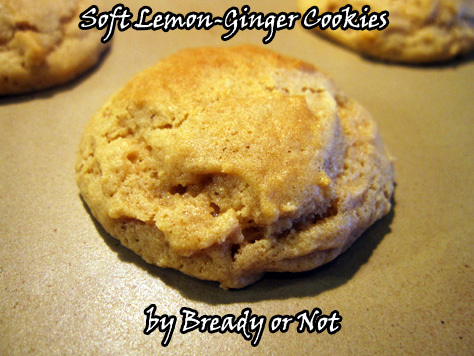
These soft cookies taste deliciously fresh thanks to the combined forces of lemon and ginger! The dough can be made hours or even a day ahead and kept wrapped in the fridge, too. It’s unknown how long they keep after baking–they tend to vanish rather quickly. Modified from Taste of Home.
1/2 cup unsalted butter, softened
1 cup brown sugar, packed
1 egg
3 Tablespoons sour cream
1 1/2 teaspoons lemon extract
1 teaspoon vanilla extract
1 3/4 cups all-purpose flour
1 teaspoon baking soda
1 teaspoon cream of tartar
2 teaspoons ground ginger
1/4 teaspoon salt
Preheat the oven at 350-degrees.
In a large mixing bowl, whip together the butter and brown sugar until it gains a fluffy texture. Beat in the egg, sour cream, and extracts.
In another bowl, sift together the flour, baking soda, cream of tartar, ginger, and salt; make sure to press any lumps out of the cream of tartar and ginger. Slowly mix the dry ingredients into the other bowl.
Drop by rounded teaspoons onto a baking sheet. Bake for 10 to 12 minutes, until the cookies are lightly browned and no longer jiggly. Watch out--they can overbake quickly. Let them rest on the cookie sheet for just a few minutes, then transfer to a rack to cool.
OM NOM NOM!
Save

